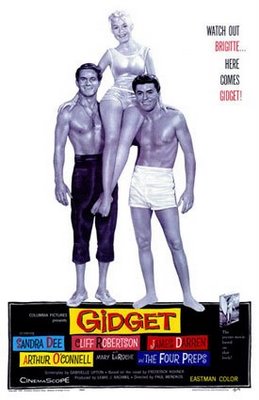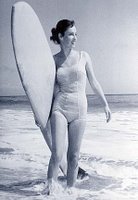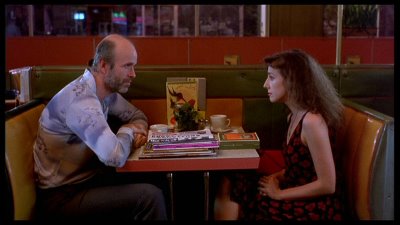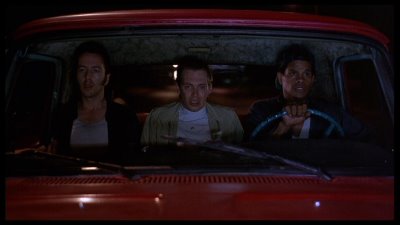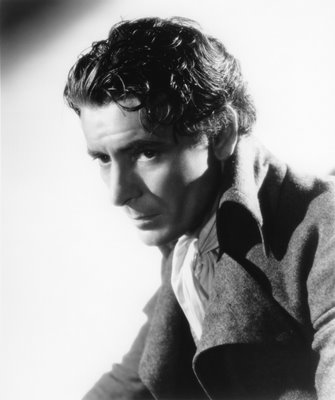 Nora's Nite
Nora's NiteBeef, Grilled Veggies, Cookies, Ice Cream
Behind the scenes via TCM:
In 1934, David O. Selznick finally found himself in the position to build his own studio and become an independent producer. He declined renewal of his contract, against MGM's wishes, and accepted a $20,000 fee to finish producing Anna Karenina (1935) with Greta Garbo, and to oversee the shooting of another Dickens adaptation, A Tale of Two Cities (1935). Selznick had great success with David Copperfield in 1934 and retained many of the same cast members of that film, including Basil Rathbone, Elizabeth Allan and Edna May Oliver. Unlike David Copperfield (for which hundreds of boys auditioned for the title role), Selznick had no trouble finding a lead actor for A Tale of Two Cities. Ronald Colman had coveted the part since he began his career and knew the novel intimately. In an interview seven years before being cast as Sydney Carton, Colman reflected on Dickens' forte for characterization, stating that Carton "has lived for me since the first instant I discovered him in the pages of the novel." Reportedly, he became so engrossed in the process of making A Tale of Two Cities that he was present for all of the filming, whether or not he was on camera. Co-star Elizabeth Allan recalled the seriousness with which Colman approached the role: "He was very unjokey on the set, and we never had lunch together to go over lines or anything."Selznick's legendary micromanagement, often a thorn in the side of those who worked with him, resulted in a stroke of luck for one actress. Isabel Jewell, who played the small but notable part of the seamstress who shares Sydney Carton's fate in prison, later recalled that Selznick personally lobbied for her to be cast in the part.
Up to that time, as Jewell later remembered, she had "played rip-roaring comedy stuff and Jack Conway (director of the film) would say to me, 'You're a marvelous little comedienne, but you can't play the part of a seamstress.' He refused to give me an audition." But Selznick prevailed and her audition was a success. Colman himself delivered the good news, dropping by her dressing room to tell her: "Isabel, I asked Mr. Selznick if I could come and tell you we have just seen your test of the seamstress and I am so happy that you are going to do the part." Jewell would go on to play opposite Colman again in Lost Horizon (1937) and also play Emmie Slattery in Selznick's greatest success, Gone With the Wind (1939).
Second-unit director Jacques Tourneur (Cat People, 1942; Out of the Past, 1947), responsible for shooting an exterior scene outside of the studio, held up shooting because of rain that persisted for five straight days. Selznick's memos -- signed DOS -- arrived daily to goad Tourneur into finishing shooting no matter what the weather. A frustrated Tourneur turned the tables on his boss, firing off a memo stating that he could not control the delay due to "an act of GOD," signing off in an imitation of the producer's familiar style.Selznick's obsessive habit of voicing his wishes through voluminous memos later garnered the wrath of MGM's publicity department. After the film was wrapped, the concerned producer sent missives pleading that although he was departing MGM and "[would] not be here to fight the battles of A Tale of Two Cities [make] sure that it is handled properly by the sales and advertising departments.... I hate to make my valedictory to the company a letter of bitter complaint." Miffed at finding the note carbon copied to executive staff at the studio, Howard Dietz, of the PR department, fired back, "I have tried to figure out why you've been so ignored and decided that it was that shy, shrinking personality of yours...." Angry memos were again exchanged, and finally, Selznick, on the advice of his wife (literally, the boss' daughter, Irene Mayer), offered conciliatory best wishes for the film and departed for his own offices at the newly created Selznick International Pictures.
Sometimes Selznick's attention to detail could be maddening, but because his concentration was divided between the production and setting up his own company, A Tale of Two Cities contains a few questionable details. For example, in the scene of the storming of the Bastille, male stuntmen dressed as women noticeably betray their true gender; when Madame Defarge and Miss Pross fight each other in a climatic scene, their stuntmen doubles are painfully obvious. But, according to Selznick, the audience at the Long Beach sneak preview, mostly composed of rowdy sailors and their dates, loved every minute of it.
For more on Selznick see our Portrait of Jennie entry.

